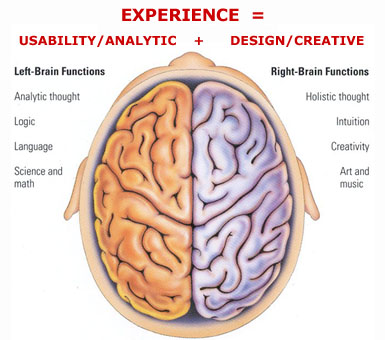Phineas Gage was a foreman who used to work on the railroad in Cavendish, Vermont. His job was very dangerous since it involved digging holes and putting dynamite inside of them. On September 13 of 1848, when only being twenty-five years old, Phineas suffered a terrible accident. When filling explosive powder into a hole with a tamping iron, the powder exploded. The tamping iron that had a length of 43 inches, a diameter of 1.25 inches, and a weight of 13 pounds flew into the air at a high speed into Gage’s direction. It went through his left cheek, penetrating and ripping through his brain, and exiting through the top of his skull. This left a big hole inside of his skull. The front part of his brain (the frontal lobe) was gone. Even though Phineas lost brain and a lot of blood, he survived and kept his consciousness.
Unluckily, Phineas was never the same back again. He did not become retarded, but he had a complete change of personality. Gage showed rude and aggressive traits. He became an antisocial person, without a good stable job. Still, Phineas got to live a kind of normal and healthy life for eleven years under this condition. At thirty-six he died after a series of seizures, probably caused by his brain damage.
Doctor John Martyn Harlow was the doctor who treated Gage over the years. He wrote and studied about Gage’s weird case. Through his writings, neurologists and scientists over the years have come up with theories about the brain. It has been discovered that the frontal lobe (front part of the brain) is important to control behavior and emotions. Damaging it alters personality and self control.
All of these new ideas lead to the study of “Brain Localization”. This concept of brain localization states that the different parts of the human brain perform different functions. Every spot of the brain is responsible for who you are as a person, your movements, vision, speech, auditory, and other tasks.
There was also another concept developed called “Brain Lateralization”. The brain is composed of two halves. Brain lateralization states that the two halves of the human brain are not similar in any ways. Each half has a specific functional specialization. The left part of the brain is in charge of language comprehension amongst other functions such as logic, analytic thought, science and math, etc. The right part of the brain is in charge of creativity and other vital functions like holistic thought, intuition, art and music, etc. At the end, Phineas Gage´s case lead to many neurological discoveries.
WORKS CITED:
Twomey, Steve. “Phineas Gage: Neuroscience’s Most Famous patient.” http://www.smithsonianmag.com/history-archaeology/Phineas-Gage-Neurosciences-Most-Famous-Patient.html . September 21, 2010.
“The Incredible Case of Phineas Gage.” http://neurophilosophy.wordpress.com/2006/12/04/the-incredible-case-of-phineas-gage/ . September 21, 2010.
“What does Handedness Have to do with Brain Lateralization?” http://www.indiana.edu/~primate/brain.html . September 21, 2010.
"Neurons, Hormons, and the Brain." http://facstaff.gpc.edu/~bbrown/psyc1501/brain/loclat.htm . September 21, 2010.



No hay comentarios:
Publicar un comentario